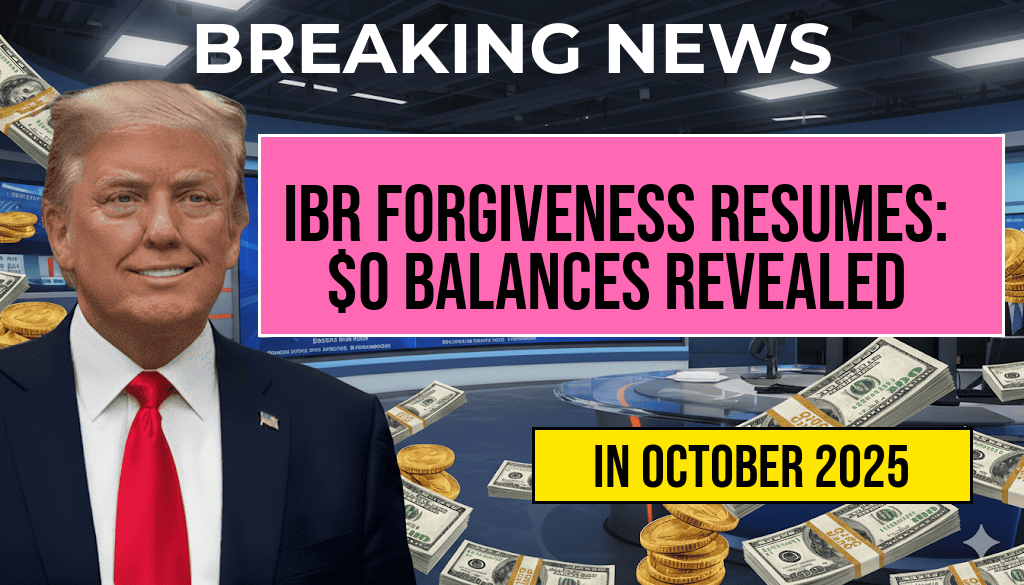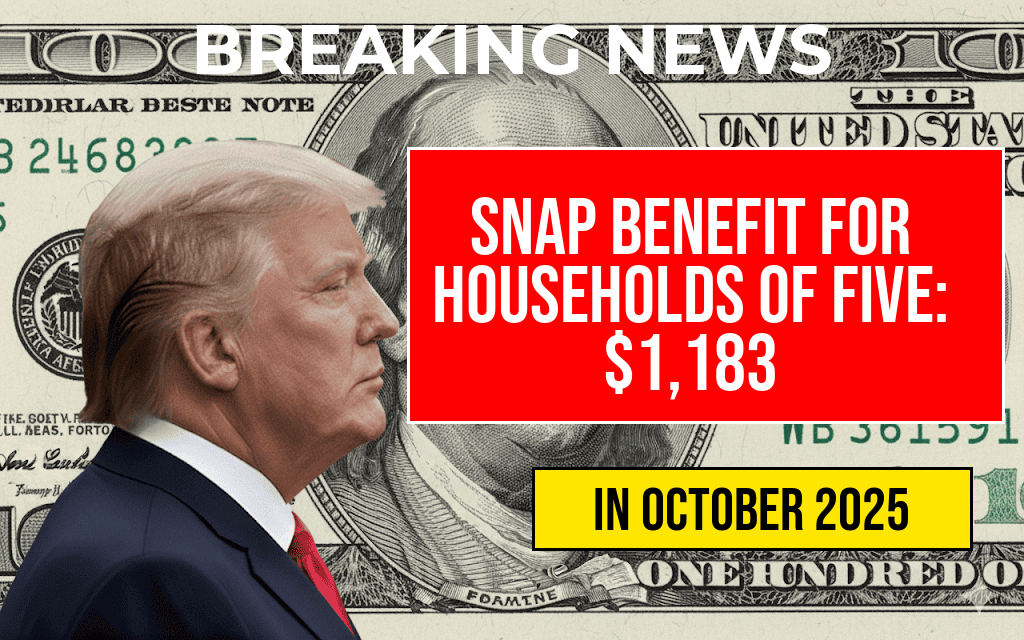The Republican Party has unveiled an ambitious plan that promises an average refund of $2,900 per household by the year 2026. This initiative is part of a broader strategy aimed at appealing to American voters in the lead-up to the next presidential election. However, the proposal has sparked intense debate regarding its financial implications and the sustainability of such a refund system. Critics argue that the plan may lead to increased national debt, while supporters claim it will stimulate economic growth and provide much-needed relief to families. Understanding the balance between potential benefits and costs is essential as lawmakers consider the viability of this proposal.
The Refund Proposal
The GOP’s refund plan aims to return significant tax revenue to households, positioning it as a remedy for the rising cost of living and inflation that has affected many Americans. With a target refund of $2,900 per household, the proposal seeks to distribute funds through a combination of tax cuts and incentives that directly benefit families. The party argues that this financial boost is necessary to help families manage everyday expenses, especially in light of the economic challenges following the COVID-19 pandemic.
Economic Impact Analysis
Proponents of the refund argue that the influx of cash will lead to increased consumer spending, thereby stimulating economic growth. Some economic analysts suggest that this strategy could help mitigate inflationary pressures by enhancing purchasing power among middle-income households. However, others warn that such a large-scale refund could exacerbate the federal deficit, raising questions about how the plan would be funded.
Funding Sources
The GOP has not clearly outlined the specific funding sources for this refund, which raises concerns among fiscal conservatives and budget analysts alike. Potential funding mechanisms that have been discussed include:
- Elimination of certain tax breaks
- Reductions in government spending on various programs
- Increased economic growth leading to higher tax revenues
Each of these options carries its own set of consequences, and the implications of cutting funding from existing programs could be significant for low-income populations reliant on government assistance.
Public Opinion and Political Ramifications
The announcement of the refund plan has ignited a wave of public interest and debate. Recent polls indicate that many Americans support financial relief measures, especially those that directly benefit households. However, skepticism remains regarding the feasibility of the GOP’s proposal. According to a survey conducted by Pew Research Center, a significant portion of respondents express doubt about the government’s ability to deliver on such promises without incurring further debt.
Responses from Economists
Economists are divided on the potential effectiveness of the refund plan. Some argue that providing a direct payment to households can lead to increased economic activity, while others caution that such measures may lead to inflationary pressures if not managed carefully. A report from the Congressional Budget Office (CBO) suggests that any significant reduction in tax revenue could hinder long-term economic growth and fiscal stability.
Comparative Analysis
To better understand the implications of the GOP’s refund plan, it is helpful to compare it to similar initiatives in the past. For instance, during the pandemic, the federal government issued direct payments to households as part of economic stimulus packages. While these payments provided immediate relief, they also contributed to a substantial increase in national debt. The table below outlines key differences between the current proposal and past stimulus measures:
| Aspect | Current GOP Proposal | Past Stimulus Payments |
|---|---|---|
| Amount per Household | $2,900 | Up to $1,200 |
| Funding Source | Unspecified | Borrowed funds |
| Duration | One-time payment by 2026 | Multiple payments in 2020-2021 |
Conclusion
As the GOP moves forward with its plan to provide a $2,900 refund to average households by 2026, the discussion surrounding its feasibility continues. Key questions about funding sources, economic impact, and public response will shape the trajectory of this proposal. As lawmakers prepare for the upcoming election cycle, the implications of this refund plan could play a significant role in influencing voter sentiment and shaping the political landscape.
Frequently Asked Questions
What is the proposed refund amount for average households in 2026?
The GOP plan promises a $2,900 refund for the average household in 2026, aiming to provide financial relief to families.
What are the main components of the GOP plan?
The main components of the GOP plan include the proposed refund amount and potential tax cuts, but the specifics on how these will be funded remain unclear.
How will the refund impact the overall economy?
The impact of the $2,900 refund on the overall economy is still debated, with some arguing it could stimulate spending, while others question the sustainability of such a financial commitment.
What are the potential costs associated with the GOP plan?
The costs associated with the GOP plan are not fully detailed, raising concerns about how the refund will be financed and its long-term implications on the federal budget.
When can households expect to receive the proposed refund?
Households can expect to receive the $2,900 refund in 2026, but the exact timing and eligibility criteria have yet to be clarified by GOP leaders.






